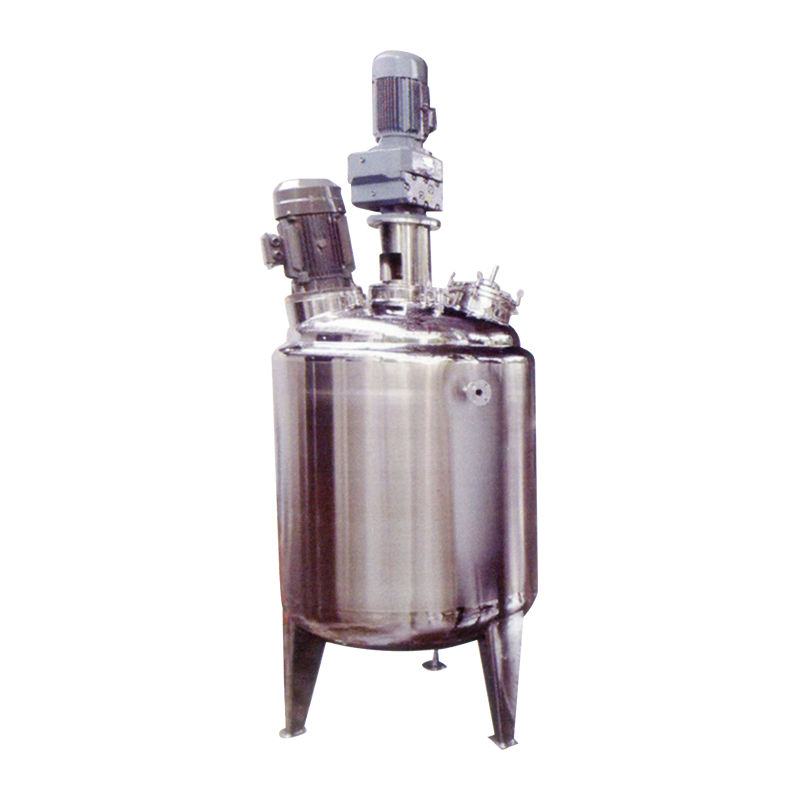Across multiple industries, emulsification tanks serve as essential equipment for creating stable, uniform mixtures. These versatile systems have become indispensable in sectors ranging from food production to pharmaceutical manufacturing, where precise emulsion quality directly impacts final product characteristics. The continuous evolution of emulsification tank technology addresses increasingly complex formulation challenges.
In the food industry, emulsification tanks produce everything from salad dressings to dairy alternatives. The ability to consistently create tiny, evenly distributed fat droplets affects product texture, mouthfeel, and shelf stability. Modern food-grade emulsification tanks often incorporate sanitary design features that meet strict regulatory standards while allowing for efficient production scaling. Some systems can switch between multiple recipes with minimal cross-contamination risk.
Cosmetic manufacturers rely on emulsification tanks to blend oils, waxes, and water into stable creams and lotions. The pharmaceutical industry uses similar technology for medicinal emulsions where dosage uniformity is critical. In these sensitive applications, emulsification tanks must maintain exceptional cleanliness standards while providing precise control over droplet size distribution. Advanced systems now offer programmable logic controls that store optimized parameters for different formulations.
Recent innovations in emulsification tank design focus on energy efficiency and process intensification. Some newer models combine multiple processing steps into single vessels, reducing equipment footprint and energy consumption. Others incorporate smart sensors that automatically adjust mixing parameters based on real-time viscosity measurements. These developments allow manufacturers to achieve better results while using fewer resources, aligning with sustainability initiatives.
The future of emulsification tank technology appears promising as industries demand more sophisticated emulsion capabilities. Researchers are exploring nanotechnology applications that could enable even finer control over droplet sizes. As formulation science advances, emulsification tanks will continue evolving to meet emerging production needs across diverse sectors.
